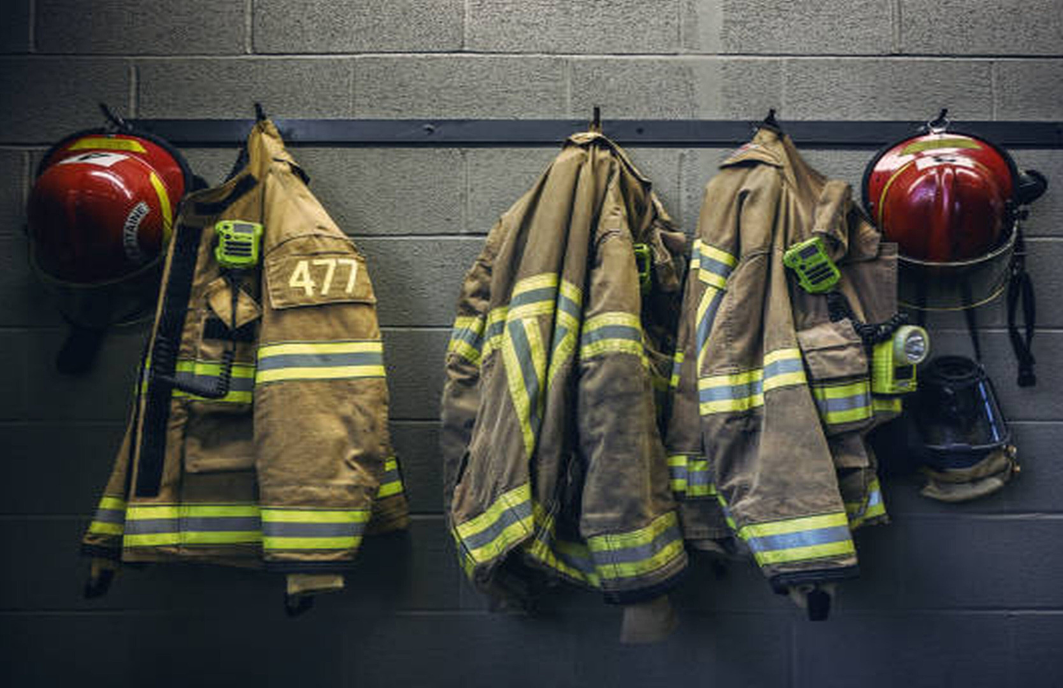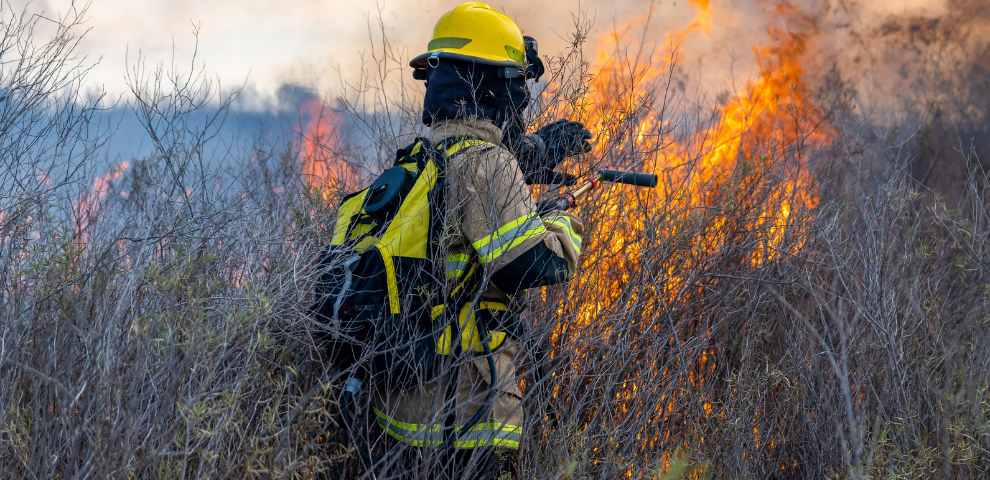Built for the Frontlines
of Legal Opportunity
Because the future of law isn’t reactive - it’s strategic.


In January 2025, the Palisades and Eaton wildfires ravaged Los Angeles County, destroying thousands of structures and blanketing surrounding neighborhoods in smoke and toxic ash laden with heavy metals like lead and arsenic.
Thousands of affected homeowners turned to their fire insurance for relief.
But private carriers have withdrawn from the wildfire market in recent years, which has led to more California residents purchasing policies through the California Fair Access to Insurance Requirements (FAIR) Plan, the state's fire insurance program. In fact, there were more than 452,000 policies on the Plan in 2024, more than double the number in 2020.
The 2025 fires were the FAIR Plan's worst catastrophe in decades, with estimated losses of $4 billion. But some policyholders claim the Plan denied or underpaid their claims, citing narrow policy interpretations that left families without coverage for smoke damage and toxic contamination.

Half of the claims were partial loss claims, meaning homes were still standing but suffered smoke, soot, and ash damage. It quickly became apparent that the FAIR Plan was overwhelmed and ill-prepared to handle such a volume of claims. Policyholders reported significant delays, frustration with customer service, and denial or minimal payment of smoke damage claims.
Under California law, homeowners are entitled to coverage for “all loss by fire,” a principle dating back over a century and codified in the state’s standard fire insurance policy (Insurance Code §§ 2070–2071). This includes toxic smoke and soot contamination. Courts have affirmed this view: even if a home remains standing, microscopic smoke particles can physically alter property and make it unusable, which counts as physical damage under the policy. The California Supreme Court’s 2024 decision in Another Planet Entertainment v. Vigilant Ins. Co. cemented that a distinct, demonstrable change at the microscopic level (such as persistent contamination) can constitute “direct physical loss or damage,” even if the harm isn’t visible.
However, many FAIR Plan policyholders discovered that the fine print in their FAIR Plan fire policies appeared to narrow this coverage. Over the past decade, the FAIR Plan had quietly introduced restrictive definitions and procedures that made smoke damage recovery much harder:
Insurers also need to act in good faith, meaning they are required to handle claims promptly, fairly, and in accordance with both the policy and state regulations. Under California law, every insurance contract includes an implied duty of good faith and fair dealing, which requires insurers to prioritize their policyholders’ rights over their own financial interests. When an insurer fails to meet that duty, by unreasonably delaying, denying, or underpaying a claim, or by relying on unlawful policy terms to avoid payment, it is acting in bad faith. Such conduct can expose the insurer to additional damages beyond the policy’s limits.
In March 2025, California Insurance Commissioner Ricardo Lara directed all insurers, including the FAIR Plan, to properly investigate and pay legitimate smoke damage claims, stressing that wildfire smoke must be treated with the same good faith as fire damage. By May, the Department of Insurance ordered the FAIR Plan to stop using its unlawful permanent damage test.
In June 2025, Los Angeles County Superior Court Judge Stuart Rice ruled in the motion for summary adjudication in Aliff vs. California FAIR Plan, claiming thathe Plan’s restrictive smoke damage policy violates state law because it provides less coverage than California’s standard fire insurance policy requires.
By July 2025, the state issued a cease and desist order, threatening penalties for continued violations. Lara also launched a multi-year investigation after noticing a pattern of smoke-related claim denials. His department documented hundreds of violations in FAIR Plan claim files, especially tied to the permanent damage requirement.
After Judge Rice’s June decision, the Plan announced it would not appeal the ruling and would update its policy language. However, rather than paying smoke claims, the Plan reportedly adjusted its denial rationale, now telling homeowners they must show a “distinct, demonstrable and physical alteration” to prove smoke damage.
Letters to homeowners revealed that even when an independent hygienist found dangerously high carcinogen levels in a house, requiring removal of drywall, flooring, and other materials, the FAIR Plan’s hired expert insisted ordinary cleaning was sufficient, and the claim was denied on that basis. Governor Gavin Newsom weighed in, calling on the FAIR Plan to “expeditiously and fairly” process these smoke claims after hundreds of consumer complaints reached his office.
In April 2025, a group of 10 families affected by the Palisades and Eaton fires filed the first mass tort against the FAIR Plan in Los Angeles County. Plaintiff Kathleen Jordan alleges that after the Eaton Fire filled her Altadena home with soot and debris, the FAIR Plan failed to properly investigate or pay for any remediation of the smoke damage, leaving her family unable to move back home months later.
The suit accuses the FAIR Plan of bad faith and breach of contract, arguing that wildfire smoke had transformed homes into toxic traps and the insurer willfully ignored its legal duties to clean and restore them.
The complaint also names 10 major private insurance companies as co-defendants because the FAIR Plan is not a state agency but rather an association made up of all the licensed insurers in California’s home insurance market. The plaintiffs contend that these insurers, which fund and operate the FAIR Plan, collectively breached obligations by refusing to properly investigate and pay smoke claims on the FAIR Plan policies.
By late spring and summer 2025, dozens of individual and group lawsuits had been filed on behalf of Jan. 7 fire victims against the FAIR Plan. Several prominent insurance recovery law firms teamed up; for example, Oakland-based firm Kerley Schaffe joined forces with Chicago’s Edelson PC to represent many families from these fires. The litigation falls generally into two categories:
While the collusion allegations will play out over time, the smoke damage lawsuits are already yielding important results for policyholders. For example, two separate cases against Allstate (by homeowners not on the FAIR Plan but with similar smoke damage issues) reached rulings in mid-2025. In Nolte v. Allstate and Hamilton v. Allstate, both heard in the Los Angeles County Superior Courts, Los Angeles judges refused to dismiss the homeowners’ claims, despite Allstate’s defense that smoke damage isn’t covered without visible, permanent harm. The courts held that the homeowners had presented evidence of contamination and raised valid arguments under California’s all loss by fire statute. Those cases are now headed to trial on claims of bad faith and even potential punitive damages.
This Might Interest You: